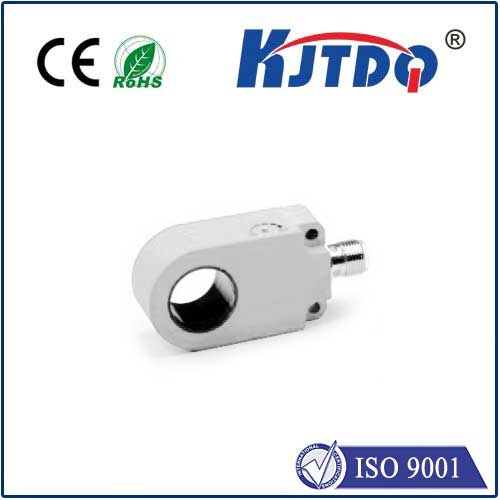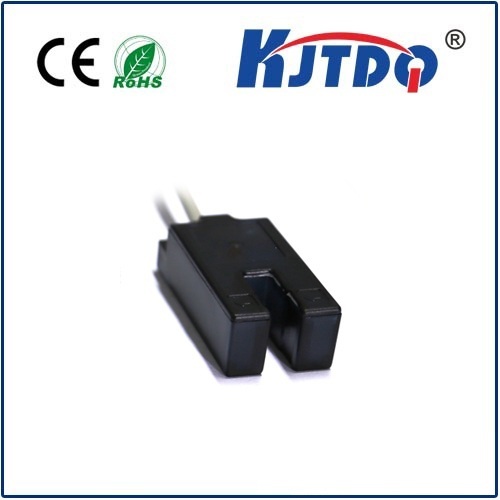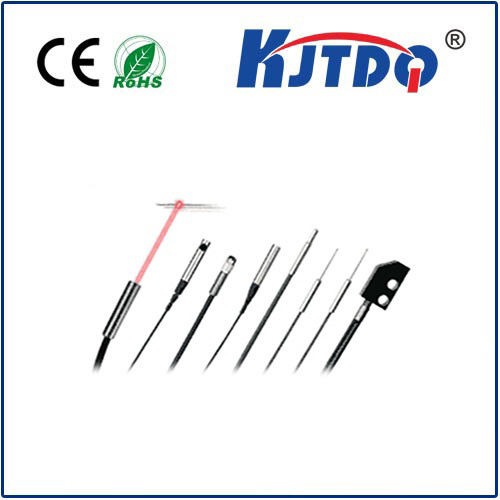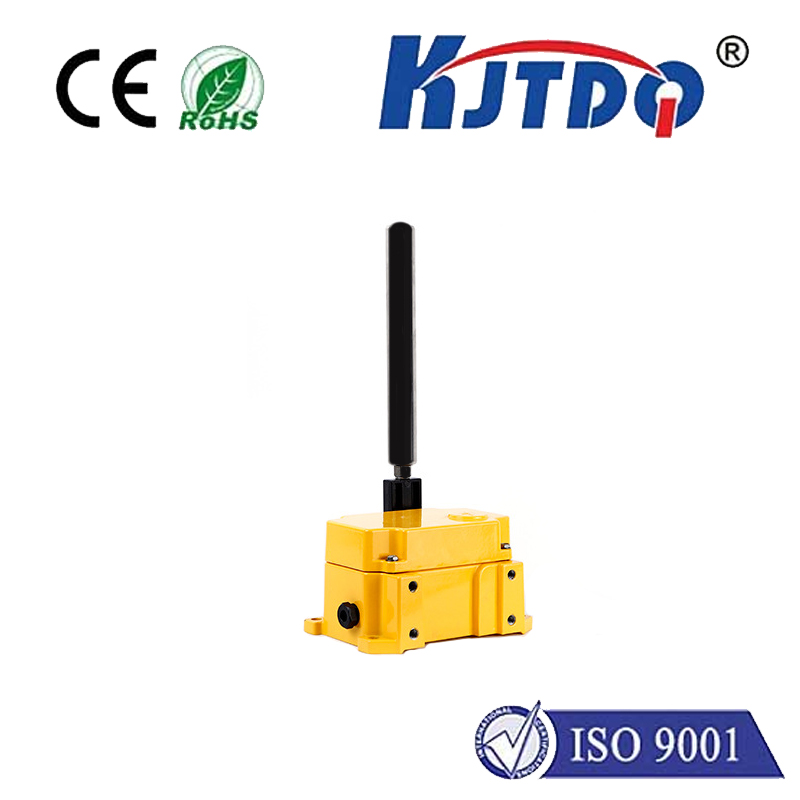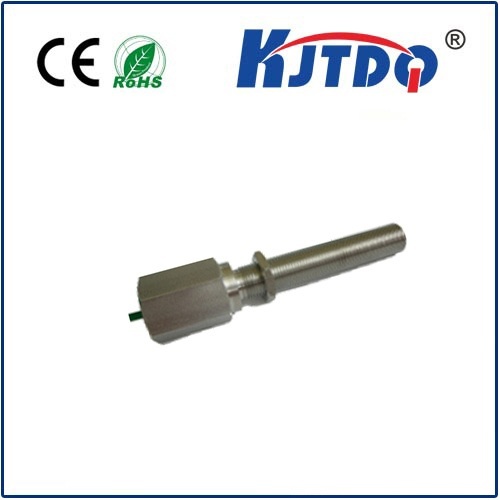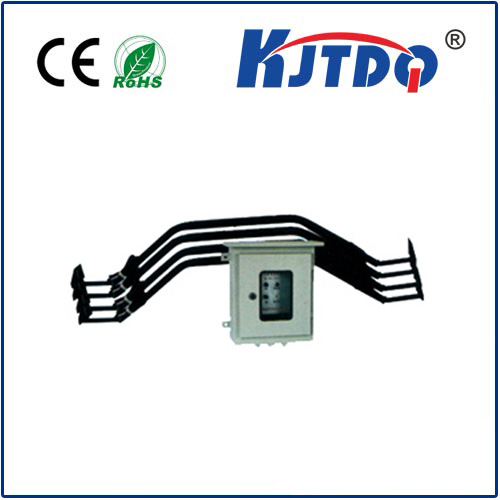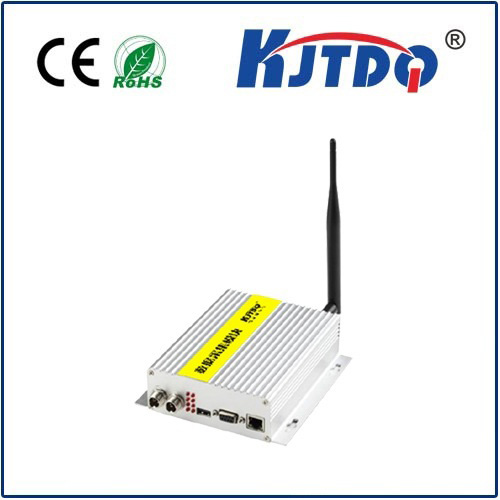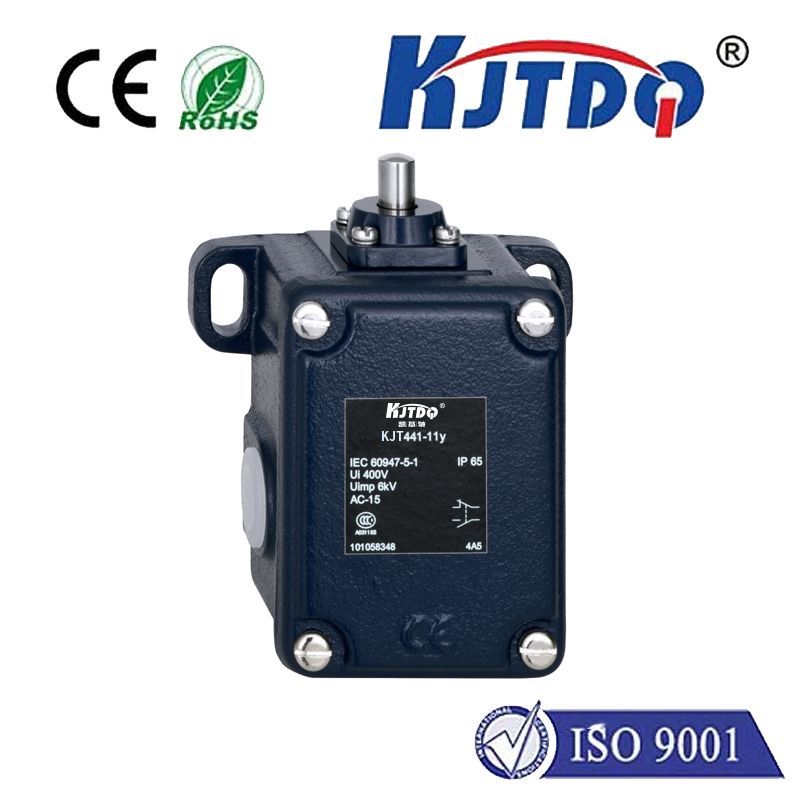E2E-X10MF2-Z 2M proximity sensor
- time:2025-09-24 00:52:46
- Нажмите:0
The Omron E2E-X10MF2-Z 2M: Your Precision Ally for Metal Detection in Tight Automation Spaces
Imagine a critical production line humming along, a robotic arm deftly transferring components. Suddenly, a misstep. A sensor fails to detect a metal part, causing a jam, halting production, costing precious time and money. Reliability isn’t just desirable in industrial automation; it’s non-negotiable. This is where specialized components like the Omron E2E-X10MF2-Z 2M inductive proximity sensor step into the spotlight, offering a robust and precise solution for demanding metal detection tasks, particularly where space is at a premium.
Decoding the Designation: What’s in a Name?
Understanding the model number reveals the sensor’s core capabilities:

- E2E: Omron’s main series for cylindrical inductive proximity sensors.
- X10: Specifies the sensor housing size (body diameter: approx. M30).
- M: Denotes the sensing face design: Flush-mountable. This is a critical feature, meaning the sensor can be installed level with (or even recessed into) a metal mounting surface without causing false triggers. Traditional non-flush sensors require a clearance zone around them.
- F: Indicates the output configuration: 2-wire, DC type.
- 2: Represents the output polarity: Typically NPN (sourcing) for DC models (always confirm specific datasheet).
- Z: Specifies the connection type: Pre-wired cable.
- 2M: Clearly states the pre-attached cable length is 2 meters.
So, the E2E-X10MF2-Z 2M is fundamentally an M30 sized, flush-mountable, 2-wire DC (likely NPN) inductive proximity sensor equipped with a 2-meter integral cable. Its primary function? Reliably detecting the presence or absence of ferrous and non-ferrous metal targets without physical contact.
Unpacking the Core Features: Why It Stands Out
- Flush Mounting Capability (The ’M’ Advantage):
- This is arguably its most significant benefit. Traditional proximity sensors require a specific clearance area around their sensing face to prevent interference from the metal mounting bracket (mounting nut or surrounding material). The flush-mount design of the E2E-X10MF2-Z eliminates this restrictive “halo” zone.
- Impact: You can install this sensor flush with or even countersunk into a metal panel or machine frame. This drastically reduces the physical footprint needed, making it invaluable in applications with severe space constraints where other sensors simply wouldn’t fit or would cause false triggers.
- It also offers improved protection against physical damage to the sensing face.
- Inductive Sensing Principle:
- The sensor generates an electromagnetic field from its face. When a metal target enters this field, it induces eddy currents within the metal, causing a measurable change in the sensor’s internal oscillator circuit. This change triggers the sensor’s output switch.
- Key Strengths:
- Non-contact operation: Eliminates wear and tear on both sensor and target.
- High switching frequency: Can detect rapidly moving targets, ideal for high-speed production lines.
- Robustness: Immune to dirt, dust, oil, moisture (within its IP rating - see below), making it suitable for harsh factory environments.
- 2-Wire DC Simplicity (The ‘F2’ Factor):
- Unlike 3-wire sensors requiring separate power, output, and ground connections, 2-wire sensors simplify wiring. They connect in series with the load (like a PLC input, relay coil, or indicator lamp) and the power supply. When the sensor detects a target, it “closes” the circuit, allowing current to flow through the load.
- Преимущества: Reduced wiring complexity, lower installation time and cost, often easier troubleshooting. Careful consideration of residual current and voltage drop is needed when selecting loads. The E2E-X10MF2-Z handles this reliably within its specified limits.
- Integrated 2-Meter Cable (The ‘Z 2M’ Convenience):
- The pre-attached 2-meter cable provides significant installation flexibility. It eliminates the need for separate cable purchases, conduit entries, or connector assemblies. This translates directly to:
- Faster installation: Plug-and-play ready.
- Enhanced reliability: Fewer connection points mean fewer potential failure sources compared to sensors requiring separate cables and connectors.
- IP67 Environmental Protection: Crucially, the cable exit point on Omron sensors like this is designed to maintain the sensor’s Ingress Protection rating of IP67. This means it is protected against dust ingress and temporary immersion in water (up to 1 meter for 30 minutes), ensuring reliable operation in washdown areas or dusty industrial settings. The cable itself is also typically oil-resistant.
Key Specifications at a Glance
- Sensing Distance: Nominal sensing distance for the M30 flush-mount series like the X10MF2 is typically 10mm for mild steel (Specific distance value confirmed by the datasheet - often referred to as “Sn”).
- Target Material: Detects both ferrous metals (like steel and iron) and non-ferrous metals (like aluminum, brass, copper). Note: The effective sensing distance is usually less for non-ferrous metals compared to steel.
- Housing Material: Typically Nickel-plated brass, offering good corrosion resistance and robustness.
- Operating Voltage Range: Common range for Omron 2-wire DC sensors is 10-30 VDC.
- Output Current: Sufficient to drive typical PLC inputs or small relays (e.g., Max. 200mA - verify against the official datasheet).
- Response Frequency: High speed, suitable for fast-moving targets (e.g., 800 Hz typical for mild steel - confirm via datasheet).
- Protection Rating: МП67, ensuring dust-tightness and protection against temporary water immersion.
- Operating Temperature: Standard industrial range (e.g., -25°C to +70°C - confirm via datasheet).
- Electrical Connection: Pre-wired cable, 2 meters long.
Where the E2E-X10MF2-Z 2M Excels: Real-World Applications
The combination of flush mounting, robust construction, and simple 2-wire DC connection makes this sensor incredibly versatile. It shines in scenarios demanding precision, space efficiency, and reliability:
- Machine Tooling: Position verification of metal parts on pallets, jigs, or fixtures; monitoring tool presence/replacement in tool changers; detecting chuck jaws or tailstock positions on CNC lathes. Flush mounting is often essential on tooling plates.
- Перевозка материалов: Detecting metal parts on conveyors (especially at transfer points or within compact guides); verifying the presence of carts or pallets; counting metal products.
- Robotic Automation: End-of-arm tooling (EOAT) position feedback; detecting metal gripper closure; verifying part presence in the gripper within the confined space of a robot wrist.
- Packaging Machinery: Monitoring metal components like cams, levers,

